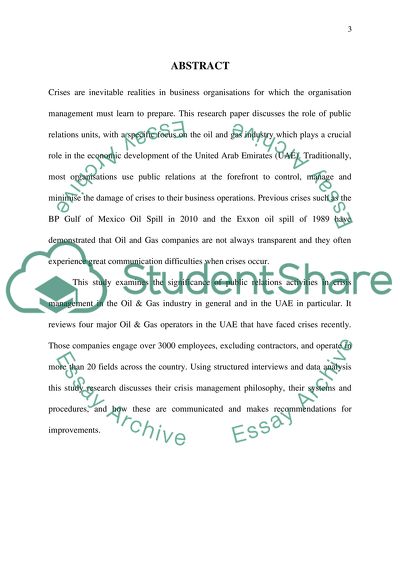Cite this document
(“Crisis Communication in oil & gas Essay Example | Topics and Well Written Essays - 5000 words - 1”, n.d.)
Retrieved from https://studentshare.org/journalism-communication/1632401-crisis-communication-in-oil-gas
Retrieved from https://studentshare.org/journalism-communication/1632401-crisis-communication-in-oil-gas
(Crisis Communication in Oil & Gas Essay Example | Topics and Well Written Essays - 5000 Words - 1)
https://studentshare.org/journalism-communication/1632401-crisis-communication-in-oil-gas.
https://studentshare.org/journalism-communication/1632401-crisis-communication-in-oil-gas.
“Crisis Communication in Oil & Gas Essay Example | Topics and Well Written Essays - 5000 Words - 1”, n.d. https://studentshare.org/journalism-communication/1632401-crisis-communication-in-oil-gas.


